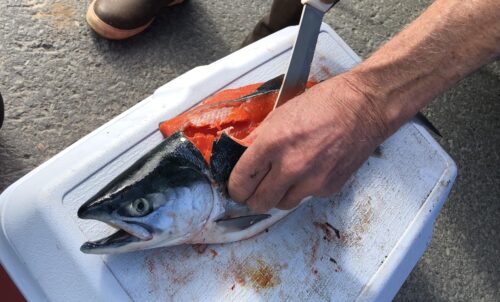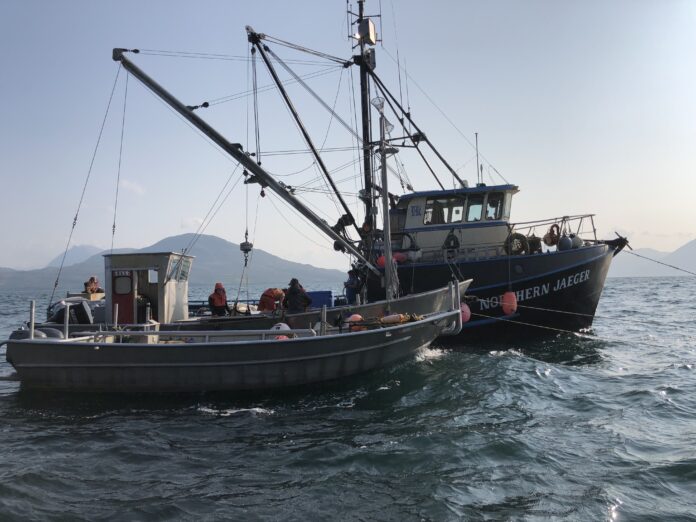Trump slapped tariffs on China, and two years later I bought a used Volvo. Thanks, I think?
In 2021, an unexpected email dropped into my inbox.
It was from my old skipper, Toby, letting me know that a check was on its way—money from a USDA program compensating fishermen for losses caused by Trump’s trade war with China.
It had taken two years for the bureaucracy to grind out a payout, but now, thanks to an obscure government relief fund, I was about to get $1,500 for fish that had long since been eaten.
In a postscript, Toby added, “Please do not spend it wisely.”
Fishing in the Crossfire
In 2019, I spent five months set-netting for salmon on Kodiak Island, Alaska. It was a life dictated by tides, rain, and endless repairs—magical, in its own way, but also intense physical labor. On the days we couldn’t fish, we picked salmonberries, patched gear, and fixed the water system after bears chewed through the hoses.
At the time, we weren’t thinking about tariffs. We were thinking about making enough money to justify the bruises. But in Washington, Trump had picked a fight with China, and the Alaskan salmon fleet got caught in the crossfire.
When China slapped a 25% tariff on US seafood, it meant buyers paid less at the dock. And when you’re a deckhand making a percentage of the catch, that means your paycheck shrinks.
That year, pink salmon from Kodiak was $0.28 per pound. Meanwhile, soybean farmers in the Midwest were collecting billions in federal aid. Fishermen, as usual, were left to fend for themselves.

Another Trade War, Same Risks
By the time the government got around to compensating us, the market had rebounded, the fleet had moved on, and the check felt like an unexpected bonus. But now, in 2025, it’s happening all over again.
There’s been a 30-day pause, but Trump’s plan to impose 25% tariffs on Canadian imports is still on the table. Meanwhile, Chinese tariffs on US seafood have largely remained in place since their implementation in 2018, continuing to affect the American seafood industry’s competitiveness in the Chinese market.
The lesson is clear: tariffs don’t just hurt foreign exporters—they hit American fishermen, too. And while government checks might eventually trickle down, they never make up for lost seasons, market uncertainty, and the reality that when politics gets involved in seafood, the guys on deck are the last to see the money.
So if Trump’s new tariffs go the same way as the last round, American seafood workers might want to check their mailboxes in 2027.
As for my check, I cashed it, of course. And bought an ancient Volvo V70, because nothing says “victim of Trump’s trade war” like a used Swedish station wagon.


